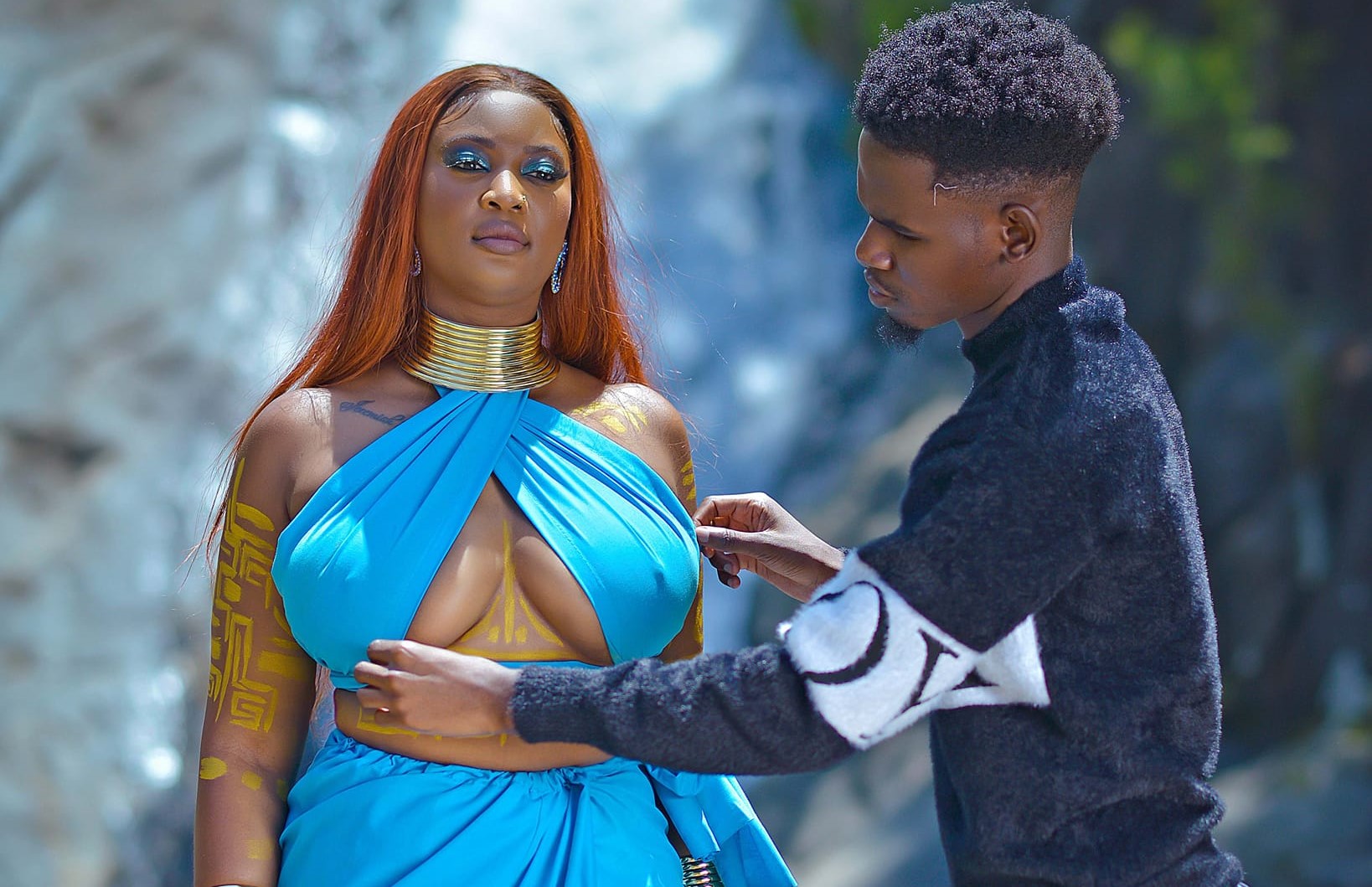Music videos transformation
The coming of Television Malawi at the turn of the millennium brought the making of music videos. Then, a whole band could be brought into the studios, start performing and a week later, viewers of Music Splash would be glued on their TV sets to watch their favourite musicians.
As time went by, music video makers found more creative muses. They turned to city roundabouts, by the lake side, close to tea plantations and places of interest such as the Museum of Malawi and the Independence Arch.

Today, the shift can be felt. Watching the Mwezi Wawala video, which spots big shots in the Malawi music industry, one can tell things are getting better, towards a good direction. Tay Grin’s recent cut with The Very Best’s Esau Mwamwaya, The Beach, also shows quality shooting. Even new comers such as Mzuzu-based BlackFace Family show elements of musicians that are taking time to think over threads that bind the music video, that viewers can get the message even if they don’t understand the language.
Lucius Banda, one of the musicians who has seen the transformation from the improvised stage music videos to the threaded videos, says the revolution is a source of pride.
“We must be proud as Malawians with this migration. My song, Tina, was one of the early songs that changed the status quo from ‘stage’ acts to telling stories through music videos,” said Lucius.
Videographer Chipiliriro Khonje is equally impressed with the quality some of the music videos are bearing. This, he said, comes from the fact that artists are now exposed to better technology.
“That as it may be, you will find that we still have a long way to go. We need to improve in certain areas like lighting. The problem is that equipment for making real professional videos is very expensive. I wish there could be companies hiring out such equipment as is the case in other countries,” said Khonje.
According to him, with low turn-over, some musicians are still finding it difficult to produce good videos. “Musicians are not getting enough for their sweat. People are sharing music like nobody’s business, so for them to produce quality videos remains an arduous task,” said Khonje.
For Black Missionaries band leader, Anjiru Fumulani, music videos are a force to reckon with, such that the band is working on more music videos for their past songs. This is a lot more easier, he said, with their recent international tours. Recently, the group released Wansanje from its Kuimba 9, which was shot at Chez Ntemba International in South Africa.
“We have shot some clips in Ireland, South Africa and Malawi. We will not confine ourselves to music videos of our recent songs, but even those from the past,” said Fumulani.
Urbanite Tay Grin sees music videos as the sure boom to music. It boosts song popularity, he says.
He observed: “When an artist sits to write a song, they visualise the message they want to put across. That is what can be translated into a music video. You will find that a song’s popularity grows when people watch the video.”
As it is, you would think Malawian urban artists like him would have their music videos on such international channels as Trace, MTV Base and Channel O. That, however, is not the case as no Malawian music video has made it to that level.
“Those channels have raised the bar of music videos they are accepting. Apart from looking for quality videos, they are also monitoring an artist’s popularity through such social media as Twitter and Facebook. You will find that the artists they are featuring have over 100 000 followers. I have 11 000 followers on Facebook and 20 000 on Twitter,” said Tay Grin.
This, he added, is because the music channels want to retain a viewership that is interested in the music they beam.





